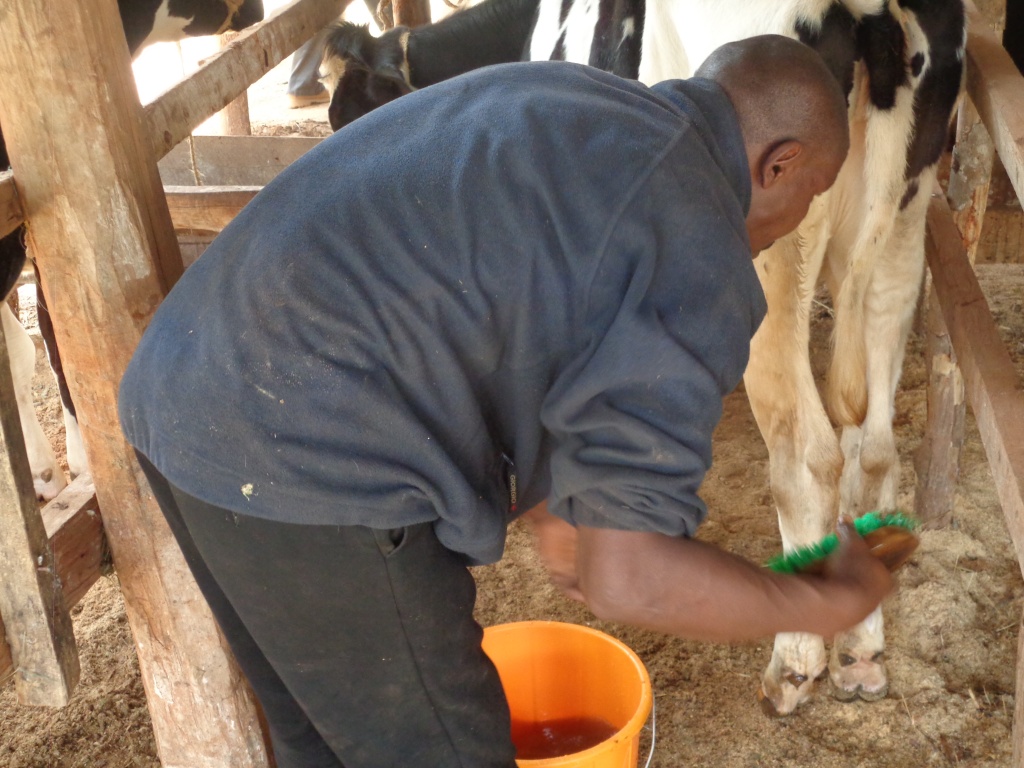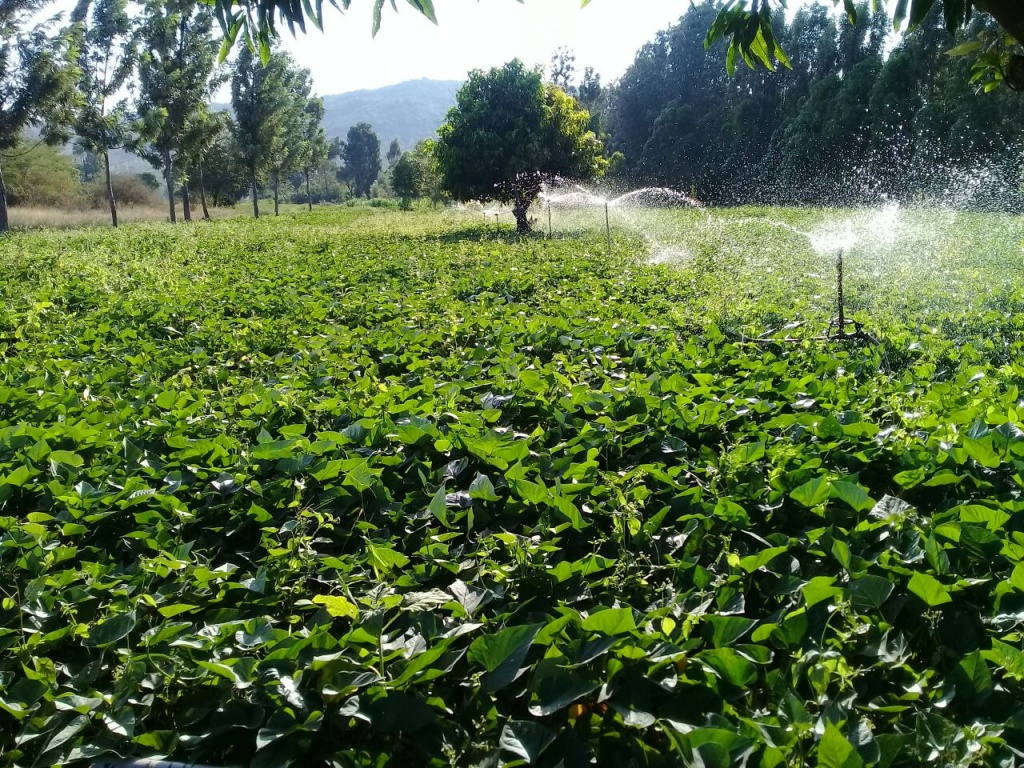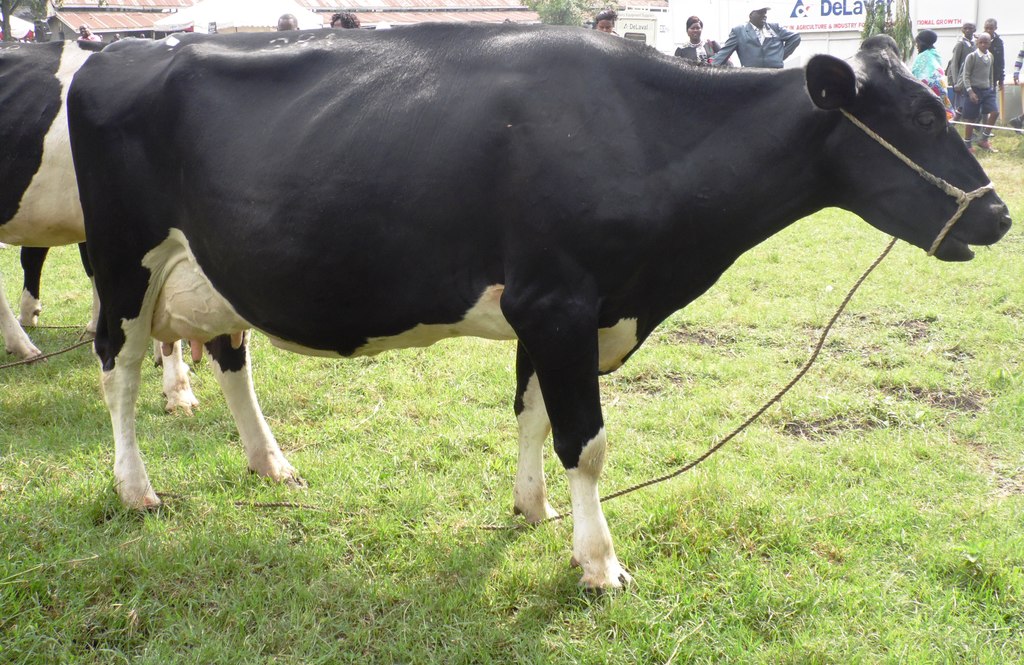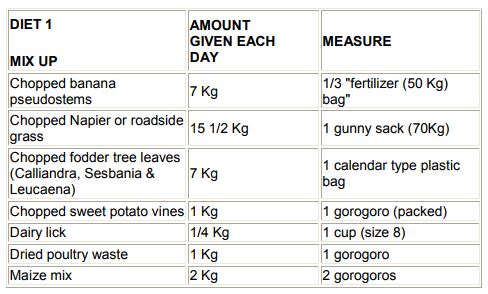Farmer cleans his dairy cow in Nyeri show grounds during Central Kenya ASK show . Cows grazed in a farm with little pasture and water and housed in dirty sheds littered with cow dung and urine, the result is low milk yields and cases of diseases.
Dairy cows whether exotic, hybrid or crossbred if not taken good care of in terms of feeding, housing and protection against diseases can remain unproductive and prone to diseases dwindling the farmer’s income.
Large scale and longtime dairy farmers consider balance diet as a MUST for their cows which is the right feed in the right amount and at the right time. These farmers understand the role of Napier grass as fodder for animals. However, feeding their cows on Napier grass, little pasture and water, banana leaves and such like is improper diet in dairy farming.
Napier grass for example is one of the best and reliable fodder for livestock, but farmers should know that about 70 to 80 per cent of this fodder is composed of water, meaning that the animals gets only 20 to 30 per cent dry matter.
“Besides selecting good breeds, proper feeding, housing and handling of dairy cows are sure ways of getting good yields and income. A good breed that receives good feed and clean water, proper housing and friendly and gentle care gives more milk and money while a poorly managed one gives less milk and the farmer incurs huge veterinary expenses that reduce profits,” said Dr. David Michuki of Dao Chem company- the company which manufactures varieties of Vitamark livestock salt.
According to Kenya Agricultural & Livestock Research Organization – Kalro, the amount of feed provided to the cows depends on the amount of milk it produces, its weight, temperature and levels of activity. The feeds should give a lactating cow energy, protein, fibre, minerals, vitamins and water in the rightful amounts.
READ ALSO: Vitamark Joto livestock salt boosts estrus rate in dairy cows
READ ALSO: Feeding dairy cattle with yeast adds farmers three litres of milk
READ ALSO: Bomet farmer earning over half a million shillings monthly from dairy farming
Experts advise that dairy cows especially of 400Kg should be fed with about 15Kg of dry matter of fodder. This means that if you were to feed your cow on Napier grass, molasses, maize and wheat germ or any other grass fodder such should be of three feet on because this length of fodder grass has enough dry matter and less water hence adequate nutrition.
Kaganda Mathias is one of the leading smallholder dairy farmer in Njeru town which is adjacent to the Nile Breweries Plant. He has been feeding his dairy cows on beer by-products. “Feeling the big stomachs of my cows is not a simple task, I get other feeds from pasture grasses, fodder and my home-made silage that enables me to cater for their basal diet,” said Mathias.
After a cow has been given food reach in proteins, vitamins and energy water is key. It comprises more than half the weight of an adult dairy cow which should be given 60 litres of water per day.
Today in most urban areas in Kenya a litre of milk sells at between KSh 40 and KSh 50 in the informal market while processors pay Ksh 33 to KSh 35 per litre meaning with good and proper care on dairy cows farmers can be all time earners and controllers of the economy.






















